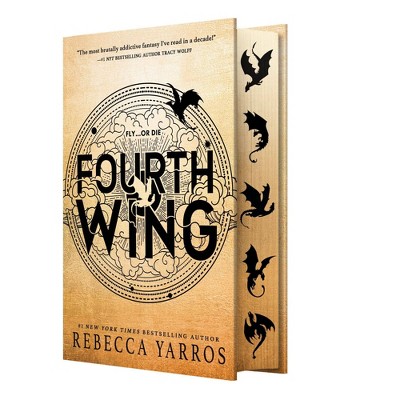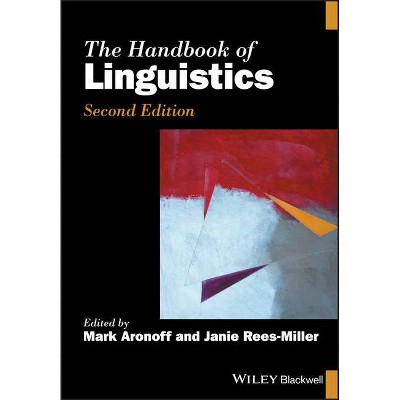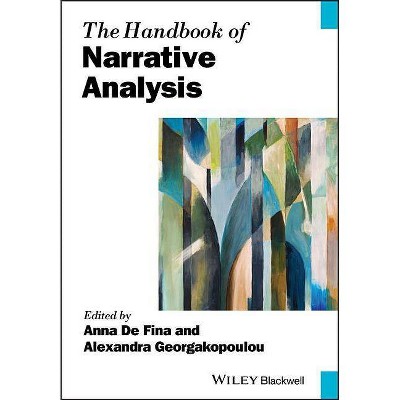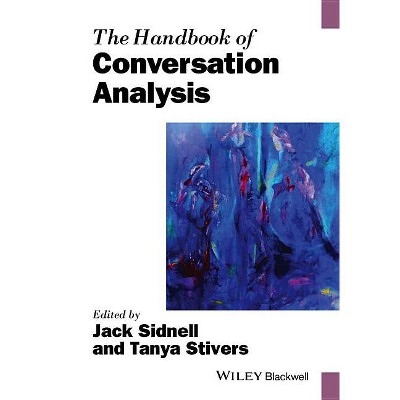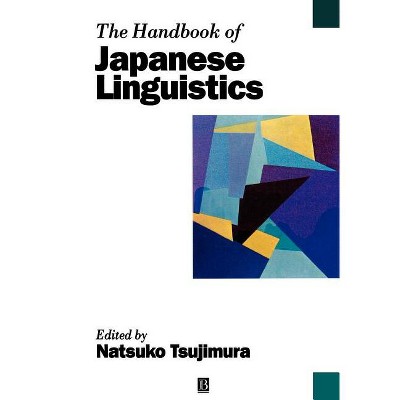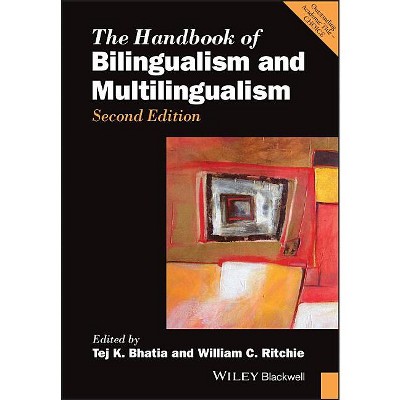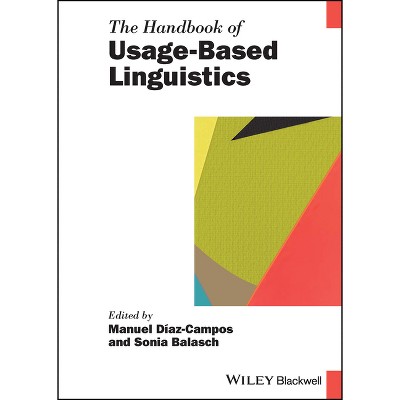The Handbook of Plurilingual and Intercultural Language Learning - (Blackwell Handbooks in Linguistics) (Hardcover)

About this item
Highlights
- The most up-to-date reference text on the latest science in plurilingual and intercultural language education, covering both new research and current practice The Handbook of Plurilingual and Intercultural Language Learning reveals the nuances and complexities of teaching and learning languages while providing a timely account of the most recent developments and research in the field.
- About the Author: Christiane Fäcke is Professor and Chair of Didactics of Romance Languages and Literatures at the University of Augsburg, Germany.
- 576 Pages
- Language + Art + Disciplines, Study & Teaching
- Series Name: Blackwell Handbooks in Linguistics
Description
About the Book
"In recent years, new advancements in the science of language learning and acquisition have led to significant changes in language teaching, pedagogy, and curriculum design all around the world. Some of the most prominent and important advances have dealt with our evolving understanding of the role of English as a lingua franca (specifically in the international language classroom) and our increasing sensitivity to the unique needs of students and teachers who are able to communicate across languages and cultures. The concepts of plurilingual and intercultural language learning have provided specific procedural and theoretical answers to these shifting demands. The concept of plurilingualism describes an individual who is able to speak several languages and switch between them based on social context (the more-often studied concept of multilingualism, by contrast, describes a community-wide use of multiple languages). In concert with the study of intercultural communication, which considers individuals' abilities to adjust communication styles and decisions to accommodate different cultural circumstances, researchers are able to achieve a deeper understanding of the ways in which a much greater variety of students function and behave in classrooms. Simultaneously, institutional ideas are changing about the ways in which national identity should be described in order to accommodate more linguistically and culturally diverse populations, which has also seen new educational requirements for learners of all backgrounds to leave school speaking multiple languages, particularly in school systems across the EU"--Book Synopsis
The most up-to-date reference text on the latest science in plurilingual and intercultural language education, covering both new research and current practice
The Handbook of Plurilingual and Intercultural Language Learning reveals the nuances and complexities of teaching and learning languages while providing a timely account of the most recent developments and research in the field. The first reference work to examine plurilingual and intercultural language teaching and learning trends across five continents, this innovative volume examines the various ways learners acquire language.
Divided into four sections, this Handbook explains the conceptual basis of intercultural and plurilingual learning, describes core pedagogical concepts in different contexts, discusses various learning and teaching approaches, and surveys the historical development of foreign language instruction, methods, and theories. In-depth chapters address code-switching and translanguaging, equity in foreign language learning, intercultural sensitivity, technology-enhanced learning, world Englishes, the role of language policy in nation-building, the situations of migrants in language classrooms, and more.
A field-defining overview of the latest research on the science of language education and acquisition, The Handbook of Plurilingual and Intercultural Language Learning:
- Explores how policy and pedagogy can adapt to the shifting demographics of local student populations as the world becomes increasingly mobile
- Addresses new trends and evolving themes that are currently determining the future of language education and policy around the world
- Discusses future trends in language education policy, assessment, and teacher training in light of new attitudes about language, community, and statehood
- Features contributions from a wide range of scholars reflecting different cultural, linguistic, regional, and ideological perspectives
- Introduces European research discourses on intercomprehension into the English-speaking world
Part of the Wiley Blackwell Handbooks in Linguistics series, The Handbook of Plurilingual and Intercultural Language Learning is an essential resource for students, educators, and researchers in Applied Linguistics, language teaching and learning, English as a Lingua Franca, plurilingualism/multilingualism, TESOL, cognitive linguistics, language policy, language acquisition, and intercultural communication.
From the Back Cover
Our evolving understanding of the role of English as a lingua franca and our growing sensitivity to the unique needs of students and teachers who communicate across languages and cultures has led to significant changes in language teaching, pedagogy, and curriculum design. The Handbook of Plurilingual and Intercultural Language Learning is a field-defining book, which examines the various ways learners learn and acquire language in a truly global context. Featuring contributions from a diverse range of scholars reflecting different cultural, linguistic, regional, and ideological perspectives, this innovative volume presents the most recent developments in the field while revealing the nuances and complexities of teaching and learning foreign languages.
This Handbook explains the conceptual basis of intercultural and plurilingual learning, describes core pedagogical concepts, discusses different learning and teaching approaches, and provides the historical background for various methods and theories. The authors discuss how policy and pedagogy can adapt to the shifting demographics of local student populations, address new trends and evolving themes, and explore contemporary topics such as translanguaging, intercomprehension, technology-enhanced learning, language policy, and more.
The Handbook of Plurilingual and Intercultural Language Learning is essential reading for students, educators, and researchers in applied linguistics, language teaching and learning, plurilingualism/multilingualism, TESOL, cognitive linguistics, language policy, language acquisition, and intercultural communication.
About the Author
Christiane Fäcke is Professor and Chair of Didactics of Romance Languages and Literatures at the University of Augsburg, Germany. Her research examines intercultural learning, plurilingual education, assessment and evaluation, and didactics of literature. She edited the Handbook of Didactics of Plurilingualism and Pluriculturalism and authored the Manual of Language Acquisition.
Andy Gao is Professor of Language and Literacy Education at the University of New South Wales, Australia. He is an expert in language teaching, language education policy, and language strategy. He has published articles in journals such as Language, Culture and Curriculum and Language Policy. He is Associate Editor of the Encyclopedia of Applied Linguistics.
Paula Garrett-Rucks is Associate Professor of Second Language Acquisition at Georgia State University, USA. Her work focuses on social justice in language learning, computer-assisted language learning, and learners' cultural perceptions and stereotypes. She is the author of Intercultural Competence in Instructed Language Learning: Bridging Theory and Practice.
Shipping details
Return details
Trending Poetry



